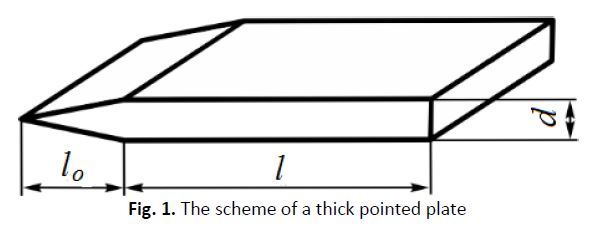Numerical Study of Aerodynamic Characteristics of a Pointed Plate of Variable Elongation in Subsonic and Supersonic Gas Flow
DOI:
https://doi.org/10.37934/arfmts.96.2.8897Keywords:
Computational aerodynamics, flow acting on a thick plate, variable geometry, drag coefficientAbstract
This study shows a thick plate, pointed on both sides, of variable elongation under action of subsonic and supersonic air flows. The relevance of the work is driven by the development of new aircraft that change their geometry during the flight, in particular, aircraft that change the relative elongation during the flight. The aim of this work is to determine the aerodynamic fields around the pointed plate, taking into account its variable elongation, and to determine the effect of variable elongation on the drag coefficient of the plate. Numerical simulation was used as a research tool. Mathematical modeling is based on Reynolds-averaged Navier-Stokes equations. The original software was used for the analysis; the computational algorithm is based on the finite volume method. The mathematical model and algorithm of numerical computation of subsonic and supersonic air flow acting on a pointed plate are presented. A pattern of gas flow acting on the plate is obtained at zero angle of attack for Mach numbers from 0,6 to 4. The dependence of the plate drag coefficient on Mach number and relative elongation is obtained. It is established that for a thick pointed plate the drag coefficient significantly depends on the elongation for both sound and supersonic flow. As a result of numerical experiments, the anomalous behavior of the drag coefficient in the transonic area at large elongations was found. It is shown that the decrease in elongation leads to an increase in the drag coefficient of the plate, which affects the aerodynamic characteristics of the aircraft of variable elongation.
Downloads

































